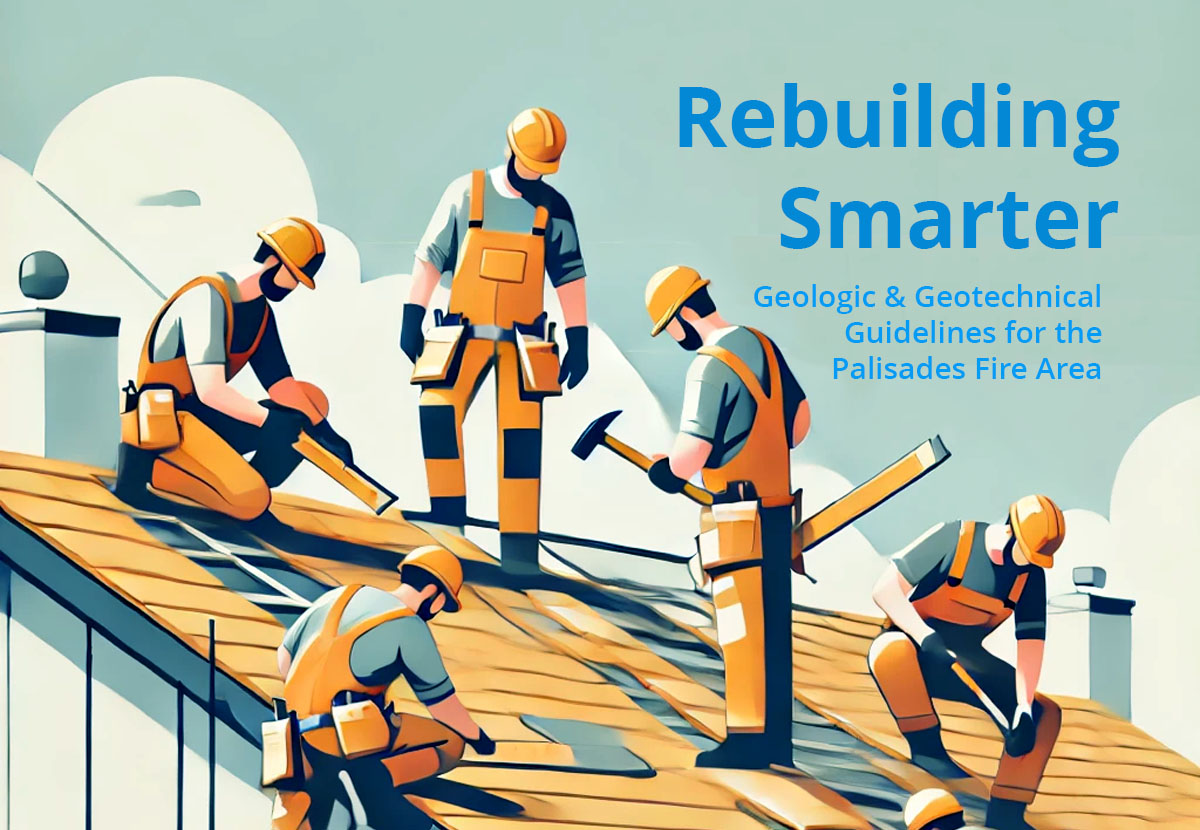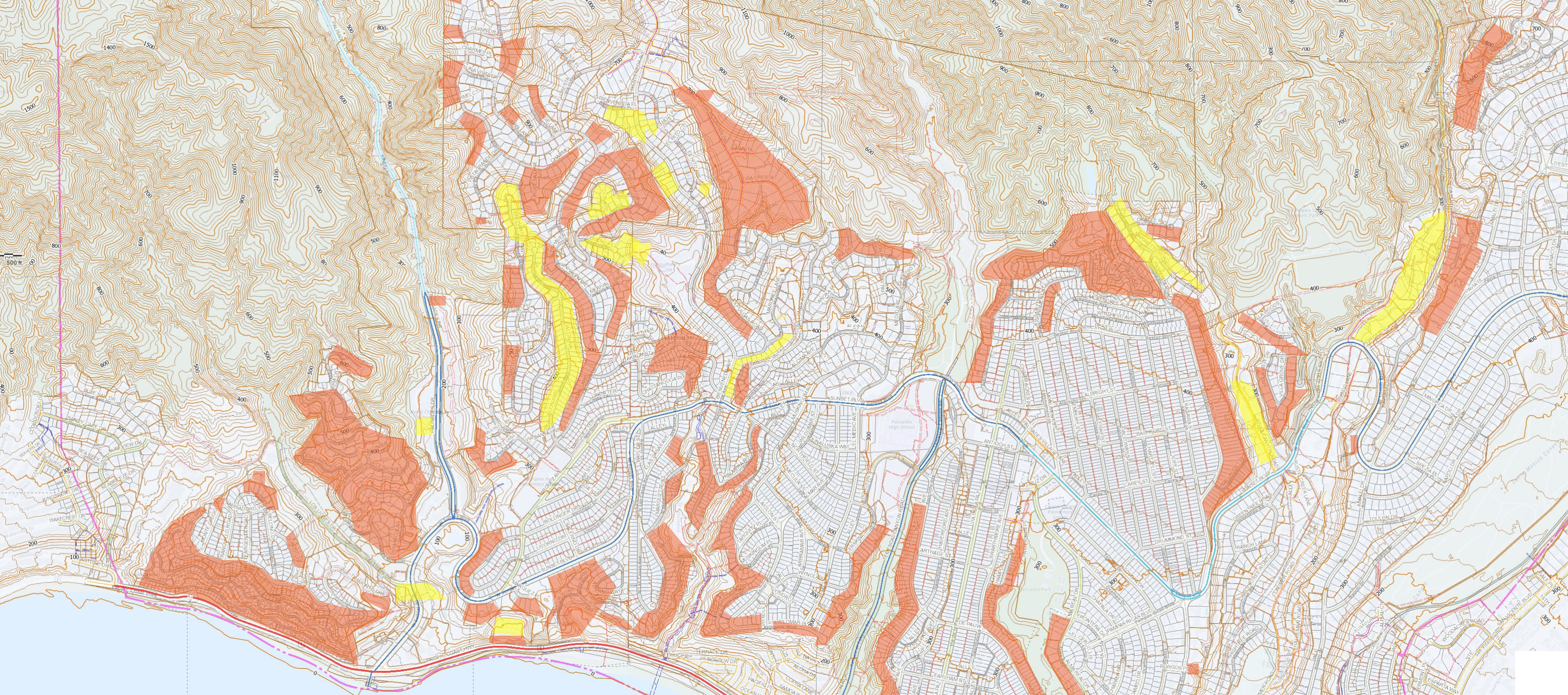Rebuilding Smarter: Geologic & Geotechnical Guidelines for the Palisades Fire Area
Rebuilding Smarter: Geologic & Geotechnical Guidelines for the Palisades Fire Area
In the wake of the devastating 2025 wildfire that swept through Los Angeles’ Palisades region, the City has issued updated rebuilding protocols to ensure safety, streamline approvals, and reduce redundant site investigations. On April 15, 2025, the Los Angeles Department of Building and Safety (LADBS) released Information Bulletin P/BC 2025-157, outlining the geologic and geotechnical requirements for fire-affected properties.
Streamlined Rebuilding for “Eligible Projects”
Under Emergency Executive Order No. 1, projects classified as “Eligible” can bypass some zoning and inspection steps. This is intended to support faster reconstruction for homeowners whose properties were significantly damaged.
To guide the process, LADBS has introduced the Palisades Geohazard Risk Assessment Zones (PGRAZ):
- Orange Zones: On or adjacent to steep slopes or landslide-prone areas.
- Yellow Zones: At the bottom of slopes and vulnerable to mudslide debris.
Projects in these zones must submit combined geology and soils reports, following LADBS guidelines. However, neighboring properties are encouraged to share consultants to reduce cost and time.
What if Your Property Isn’t in a PGRAZ?
If the property is outside of the designated hazard zones:
- No combined report is typically needed.
- Soils reports may still be required, especially if digging deeper than 5 feet or disturbing adjacent support.
- Existing shallow foundations, if removed, require grading permits for removal and recompaction (R&R).
- Bottom inspection and compaction reports can be self-certified by a licensed soils engineer.
Can You Reuse an Old Report or Foundation?
Yes, under certain conditions:
- Reports must have been approved within the last 10 years, and updated to reflect current seismic codes.
- Existing slabs and foundations may be reused, but only after a licensed structural engineer or architect certifies their integrity.
Special Code Considerations
- Zoning regulations are waived for eligible rebuilds.
- Rebuilds won’t be treated as “new construction” in terms of site-wide code compliance.
- Projects on old fill (pre-1963) require review, but testing may be waived if conditions are deemed stable.
What About Seismic Risk?
Projects in California Seismic Hazard Zones must undergo hazard evaluation for:
- Slope instability
- Liquefaction
- Fault proximity
If a previous seismic report exists and is still valid, new investigations may not be required.
For professional guidance on navigating LA’s post-wildfire reconstruction process, feel free to reach out to PQNK INC. PQNK is a leading Korean-American architecture firm in Southern California specializing in multifamily residential, commercial, food & beverage, and healthcare design.


